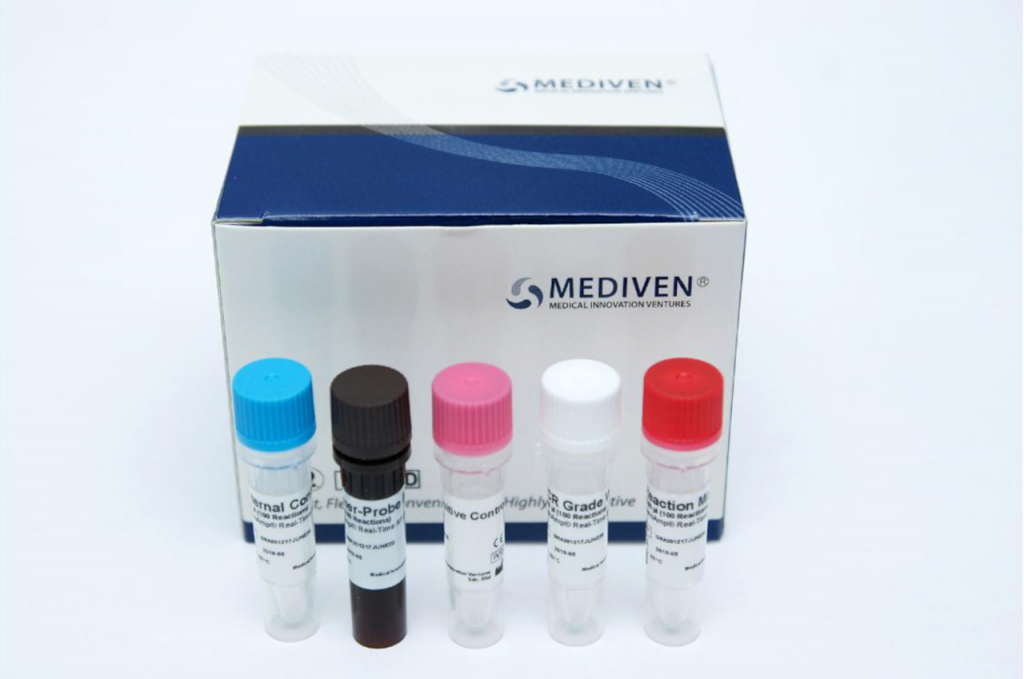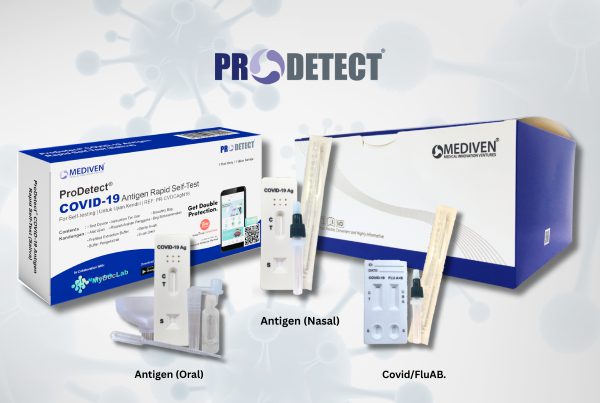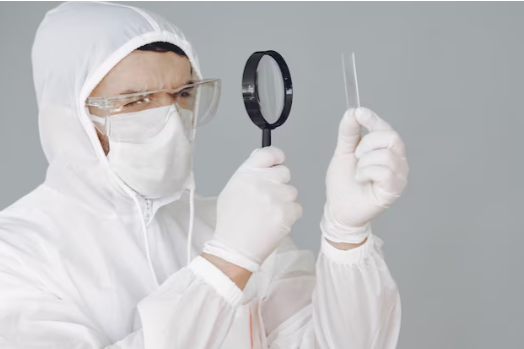As we adapt to containment measures for COVID-19, inaccurate detection of the SARS-CoV-2 virus need not, and should not, be the new normal. Molecular testing is currently the only way to accurately detect the virus and provide an accurate measurement of active cases in the target population regardless of whether the individual is symptomatic or not. Building upon the principles of polymerase chain reaction (PCR), wherein a minute amount of genetic materials can be copied a million times to a detectable level, the real-time reverse transcription PCR (RT-PCR) enables the copying and detection to be carried simultaneously.
Why is it useful for COVID-19 detection?
Rapid detection coupled with high sensitivity and specificity, RT-PCR is well placed in the disease detection and control efforts during this pandemic – which has claimed almost a quarter-million lives as of May 3, 2020, and vaccines and specific treatments are experimental at best.
Early detection is critical in breaking the viral transmission chain. Speedy identification of an infected person and subsequent tracing recent close contacts have proven to be the key in epidemic control and sealing off the cluster from the populace. High throughput testing meaning the capability of performing a high number of samples within a short time frame – and reliable test results are of paramount importance to the testing capabilities of COVID-19; a role in which RT-PCR fulfills.
The RT-PCR is performed by obtaining a sample from the throat or nasopharynx of a patient using a swab designated to maximize the collection of viral particles to enable meaningful extraction of its genetic material. What is meant by virus genetic material? A virus can loosely be described as a protein container for nucleic acids such as DNA or RNA that are specific to it. This material is unique to the virus and helps researchers to identify the virus. One would be able to identify the pathogen by looking into the DNA or RNA that is obtained from a patient sample. So, when we say genetic material, we are talking about the DNA or RNA fragments, which is also referred to as genes, that are unique to the virus such as x-, y- or z gene. RT-PCR is designed to specifically and sensitively detect the presence of these genes.
Whilst there is no perfect test, instead, a diagnostic result is used by the clinician to corroborate findings from other evaluations that result in a full, if not perfect, clinical picture. The same can be said for RT-PCR in COVID-19 diagnosis which has been shown to have varied detection accuracy ranging from 50 to 90%. The false results –positives and negatives – may be due to various factors. A false positive is the erroneous detection of disease in a healthy person whilst a false negative is a failure of identifying a person having the disease. Like all test kits, the ability to detect the SARS-CoV-2 varies according to the gene targets selected by manufacturers. Generally, the gene targets for the detection of COVID-19 are the S, E, N, RdRP, Orf1ab, or Nsp genes. The different gene selection may affect the sensitivity and specificity of an RT-PCR test. In addition to that, other factors such as the design of the test, the quality of the test, and the sample, the operator performing the testing, are among the contributing factors to inaccurate results by RT-PCR.
Immunoassays that are antigen- or antibody-based testing is another alternative for COVID-19 screening. The fast detection rate of immunoassays which is often packaged as rapid test kits enables results to be obtained within 30 minutes and consequently makes this method attractive for use in the point of care diagnostic setting. Instead of detecting the presence of viral genetic material, antigen-based immunoassays detect the presence of virus-specific antigens, usually proteins, from a patient’s sample. The antibody-based test kits, on the other hand, detect the presence of specific antibodies produced by the immune system during an infection. The antibody tests are designed to detect one of two types of molecules – Immunoglobulin M and G (IgM and IgG) – from a blood sample.
The antigen-based rapid test is similar to RT-PCR wherein it facilitates detection in the early phases of an infection, usually a few days after the onset of symptoms before the production of antibodies but with a relatively lower accuracy as it is limited by the amount of viral antigen. Antibody-based rapid test, on the other hand, detects the presence of the specific antibodies – an individualized defense agent against an invading pathogen– produced by the immune system during an infection. It is usually detectable beginning at day 7 after the onset of symptoms. However, it is subject to two important factors: individual ability to mount an immune response against the infection and clinical performance of the test kit. Antibody immunoassay can only determine if a person has at some point, been infected with COVID-19, further testing would be needed to check if a person is currently infected.
RT-PCR testing is recommended by WHO for the screening of COVID-19 as it can be used to detect the presence of the SARS-CoV-2 as long as the body has not completely shed the virus. In other words, it is the tool of choice in the early phases of the disease; a critical juncture to guide efforts in disease controls





